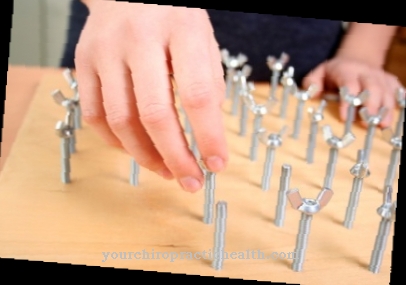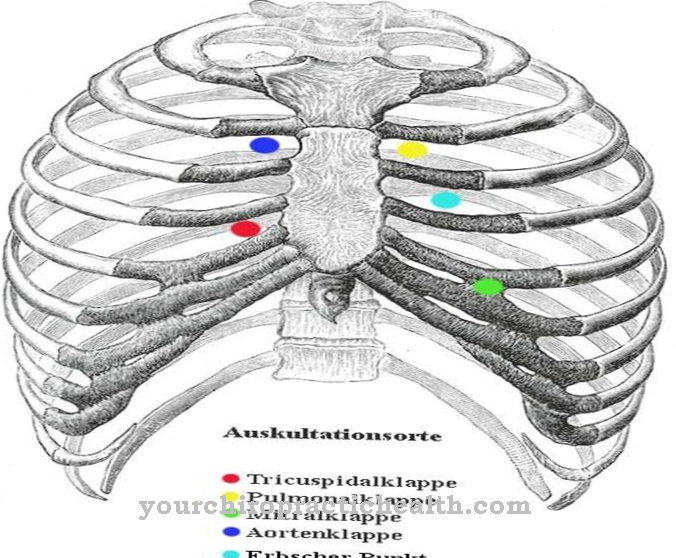The term Small for Gestational Age describes newborns who are too small for the corresponding maturity age. The English term has established itself and is abbreviated as SGA. Most SGA children grow later and reach normal height and weight.
What does Small for Gestational Age stand for?
.jpg)
© sabelskaya - stock.adobe.com
The term Small for Gestational Age, also abbreviated as SGA, has become the norm for describing newborns who are too small and too light at birth. In these children, the birth size or birth weight is in the lower range in the normal statistical distribution. There are two different definitions.
A definition defines length and weight at least two standard deviations below the mean. This corresponds to a weight and a length below the 3rd percentile. All doctors who deal with the long-term development of children favor this definition. In most cases, growth does not slow down until the last trimester of pregnancy.
The fetus no longer gains weight, but the size of the child is still normal at birth. In these cases, the term asymmetric retardation is used. If both weight and height are too small, there is symmetrical retardation. This definition is sufficient for statistics and is therefore not suitable for determining the cause of the delayed development.
There is also the concept of intrauterine growth retardation, which is also used synonymously for SGA. Strictly speaking, this definition only applies to children who have delayed growth due to a pathological cause. However, only a fraction of all SGA children fall under this definition. The incidence of retarded growth during pregnancy is around five percent.
causes
There are many reasons for delayed growth. In most cases it is just a deviation from normal development. The growth is usually caught up after birth. Often one cannot speak of a pathological development. It is just a statistical discrepancy. Nevertheless, there are of course reasons for such statistical fluctuations.
These cannot be determined in individual cases. Often, however, it is due to the mother's diet and lifestyle. In the case of smoking mothers in particular, there are statistically more frequent developmental delays in the fetuses. The level of nutrition and the supply of nutrients to the fetus via the placenta also play a role. In some cases, infections and other diseases during pregnancy also have an impact on growth.
As a rule, the child's growth and development normalize after birth. However, a significantly smaller percentage of children have delayed development due to a serious health disorder. Often these are genetic defects that inhibit growth and sometimes cause general physical dysplasia.
Serious diseases of the pregnant mother, such as rubella, can also lead to fetal growth retardation. Alcohol abuse during pregnancy also plays a major role. Last but not least, the intake of medication must be checked.
Symptoms, ailments & signs
The English term "Small for Gestational Age" already indicates the actual characteristic of SGA. At birth, the affected children are too young in terms of maturity. In addition, their birth weight is too low compared to the statistical normal distribution. However, most children catch up in height and weight and develop normally later.
For a few, however, there is a risk that the growth process will remain delayed. As a result, those affected in these cases suffer from short stature even in adulthood. This is especially the case if no significant growth spurt has set in by the age of two. After that, the growth deficit can usually no longer be made up.
The slowdown in growth often begins in the last trimester of pregnancy. Premature birth then occurs in around 30 percent of those affected. Children with SGA often suffer from constant hypoglycaemia and low calcium levels in the blood immediately after birth. When there is a lack of oxygen, more red blood cells are formed.
This increases the viscosity of the blood and leads to circulatory disorders. Severe brain damage that leads to paralysis or movement disorders is observed only slightly more frequently than in children of normal weight. Slight disorders of fine motor skills and movement coordination occur somewhat more frequently in affected school children. The risk of developing diabetes and cardiovascular disease in adulthood is also increased.
Diagnosis & course of disease
According to the SGA, an infant is too small after birth if it is less than 46 centimeters long and / or weighs less than 2,600 grams. This corresponds to twice the standard deviation below the mean values of 51 centimeters at birth or 3400 grams at birth weight. Usually this is not a problem because the infant catches up with normal development in over 90 percent of the cases.
The remaining ten percent can grow short. In the case of pathological disorders, the specific cause must be sought. Children with developmental retardation are statistically at greater risk of suffering from certain diseases in their later years. These are particularly at risk of developing type 2 diabetes mellitus, obesity and the metabolic syndrome.
Even after the birth of SGA children, there is an increased insulin resistance, the risk of hypoglycaemia and metabolic disorders. If growth does not begin to increase by the end of the second year of life, it will remain short.
SGA is diagnosed by measuring body length and body weight after birth and at the same time determining the age of maturity. Weight, length and head circumference are regularly documented within two years. In individual cases, an underlying pathological cause must be searched for.
Complications
As a rule, Small for Gestational Age can have a very negative impact on the person's quality of life. The exact symptoms and complications of this disease depend heavily on the exact weight and size of the birth, so that a general prediction about the course can usually not be made. However, those affected suffer from short stature and also from diabetes or obesity.
These symptoms of the disease Small for Gestational Age can lead to bullying or teasing, especially in young people, and thus also cause depression and other psychological complaints. Furthermore, the metabolism of those affected is often disturbed, leading to insulin resistance.
Treatment of Small for Gestational Age is based on the exact causes and can be carried out with the help of medication. There are usually no complications. However, the usual growth cannot be achieved even with the help of medication. Whether the disease will lead to a reduced life expectancy cannot be generally predicted either.
Therapy & Treatment
SGA is treated with adequate nutrition and an adequate supply of vitamins, minerals and trace elements. At the same time, there is close monitoring of weight and body length development. If the child remains well below the mean by the end of the second year of life, other causes of the growth retardation must be ruled out using a differential diagnosis.
If the short stature persists, hormone therapy with growth hormone can be tried from the age of four. In many cases, the children will reach normal growth length within three years. The therapy with the growth hormone should, however, be continued without interruption until the final length has been reached, so as not to risk a growth deficit. In rare cases, however, hormone treatment does not achieve any significant growth.
prevention
The most important measure to prevent SGA in the offspring is to maintain a healthy lifestyle, especially during pregnancy. This includes consistently abstaining from smoking and alcohol. A balanced diet and plenty of exercise also have a positive effect on the child's development.
Aftercare
The English term "Small for Gestational Age" already indicates the actual characteristic of SGA. At birth, the affected children are too young in terms of maturity. In addition, their birth weight is too low compared to the statistical normal distribution. However, most children catch up in height and weight and develop normally later. For a few, however, there is a risk that the growth process will remain delayed.
As a result, those affected in these cases suffer from short stature even in adulthood. This is especially the case if no significant growth spurt has set in by the age of two. After that, the growth deficit can usually no longer be made up. The slowdown in growth often begins in the last trimester of pregnancy.
Premature birth then occurs in around 30 percent of those affected. Children with SGA often suffer from constant hypoglycaemia and low calcium levels in the blood immediately after birth. When there is a lack of oxygen, more red blood cells are formed. This increases the viscosity of the blood and leads to circulatory disorders.
Severe brain damage that leads to paralysis or movement disorders is observed only slightly more frequently than in children of normal weight. Slight disorders of fine motor skills and movement coordination occur somewhat more frequently in affected school children. The risk of developing diabetes and cardiovascular disease in adulthood is also increased.
You can do that yourself
In many children, the initial short stature is followed by a compensatory growth development. But there is also the risk that the patients will continue to be very small.
In everyday life, parents should pay attention to a healthy diet in order to avoid deficiency symptoms and to reduce the risk of diabetes. In addition, regular check-ups are required with the doctor, who will assess the further development of height and weight. A close medical check-up is also useful in later years in order to minimize the risk of possible secondary diseases. In elementary school age, certain neurological abnormalities can occur, which show up in movement disorders or in limited fine motor skills. Such symptoms require close examination in order to counteract any worse disorders in a timely manner.
There is sometimes increased psychological stress in the family of those affected. Above all, the patients themselves feel inferior because of their short stature. A self-help group helps in such cases to cope better with the situation. It also strengthens self-confidence and the short patients do not feel alone with their problem. Everyday support often comes from family members and friends. Furthermore, there is special furniture and other aids that make life easier for short people.

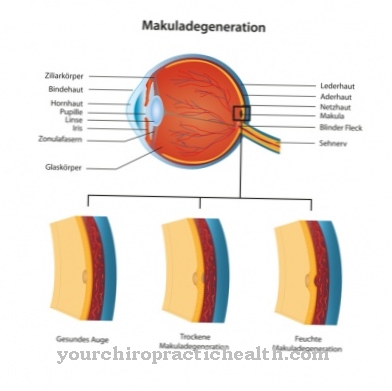
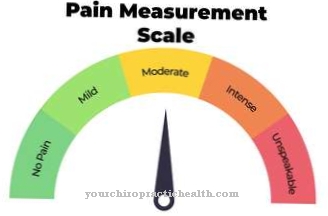









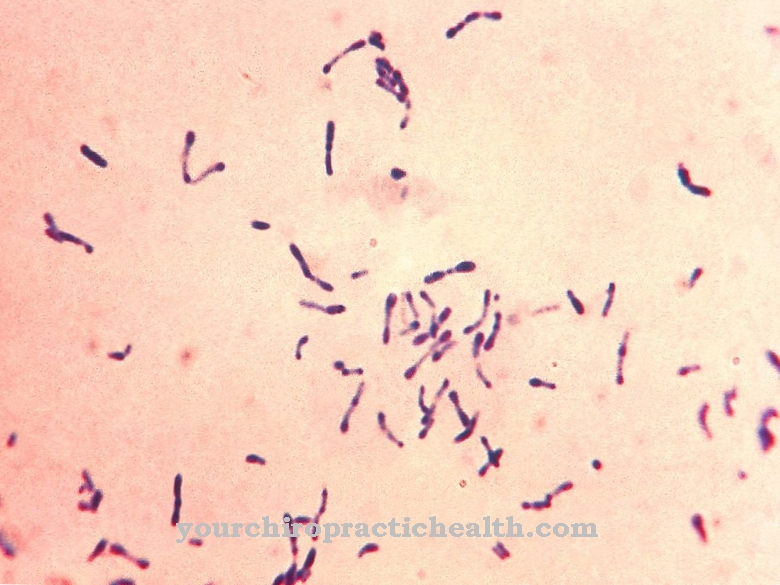
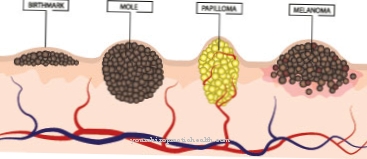

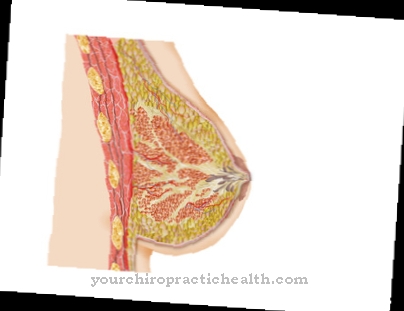







.jpg)
.jpg)
